Today is World Heritage Day – dedicated to celebrating the history and heritage of the human race.
The day raises awareness of cultural monuments and sites. And highlights the importance of preserving them.
Fortunately for folk in Moray and the Highlands and Islands, the area is blessed with an abundance of such heritage sites.
Elgin Cathedral
Built from 1224, Elgin was the principal church of the bishops of Moray. It lost its roof after the Protestant Reformation of 1560, and later its central tower fell.
But the building’s fortunes began to change when it became a visitor attraction in the early 1800s.
Today the King Street site is managed by Historic Environment Scotland (HES).
Urquhart Castle
Perched by the shore of Loch Ness, just off the main A82 road from Glasgow to Inverness, is Urquhart Castle.
Control was passed back and forth between Scotland and England during the Wars of Independence.
Today it is a popular tourist site, managed by HES.
Glenfinnan Viaduct
Part of the West Highland Railway Line, the iconic structure was built between 1897 and 1901.
The viaduct overlooks the Glenfinnan Monument and the waters of Loch Shiel.
Made even more famous by the Harry Potter movies, where it was travelled by the Hogwarts Express.
Today it can be viewed from public car parking facilities at Glenfinnan village. If you time your visit right, you may even see a Jacobite Steam Train go by.
McCaig’s Tower
Towering above Oban town centre, the viewpoint was built by local banker John Stuart McCaig in 1897.
He carried out the project to provide work for local stonemasons and a lasting monument to his family.
The short climb from the town centre is well worth the effort when faced with spectacular views across Oban Bay.
Accessible 24/seven.
Culloden
The battlefield in Inverness is the emotive and atmospheric site where the 1745 Jacobite Rising came to a tragic end.
With a visitor centre open 9am – 5pm and the field open daily, National Trust for Scotland looks after Culloden.
Spynie Palace
Also known as Spynie Castle, and with links to Elgin Cathedral, it was the fortified seat of the Bishops of Moray for about 500 years.
The founding of the palace dates back to the late 12th century. Royalty travelling in the area sometimes used the palace as a guesthouse.
It is the largest surviving medieval bishop’s house in Scotland. Operated by HES, the house is open seasonally, Monday to Friday.
Caledonian Canal
The majestic canal cuts through the Great Glen and Lochs Oich, Lochy and Ness. It is owned and maintained by Scottish Canals.
The idea was conceived in 1773 to provide safe passage for shipping including the British Royal Navy, avoiding the dangerous route through the Pentland Firth and around Cape Wrath.
In 1822 the 22-mile canal with its 29 locks was open. It took 12 years to build and runs from Fort William and Inverness.
Dunrobin Castle
The most northerly of Scotland’s great houses and the largest in the area with 189 rooms.
Dunrobin Castle is also one of Britain’s oldest continuously inhabited houses dating back to the early 1300s. It was home to the Earls and later, the Dukes of Sutherland.
The castle is open to visitors annually from April – October.
Dunnet Head
The peninsula on the north coast includes the most northerly point of both mainland Scotland and Great Britain.
Dunnet Head Lighthouse is perched on top of stunning 300ft cliffs. Guests can experience what it was like to stay in a traditional lightkeepers home.
Today, the tower and keepers’ cottages are protected with Grade B Listed Status.
Eilean Donan Castle
Recognized all over the world as one of the most iconic images of Scotland. Eilean Donan Castle featured in the 1986 blockbuster film Highlander.
The castle is at Dornie by Kyle of Lochalsh.
Operated by a charity, the castle is open from February to December in various forms.
Are you interested in all the latest news and updates from Inverness? If so, why not join our new Facebook group.
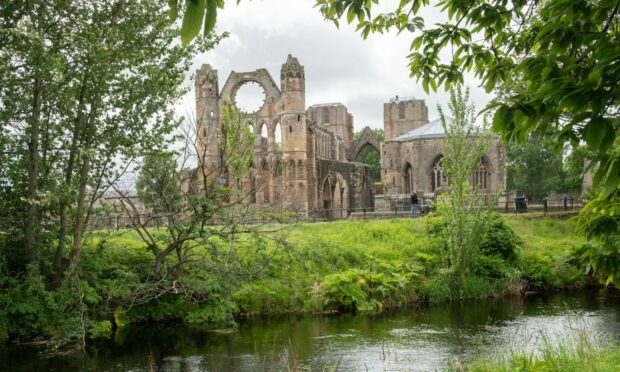
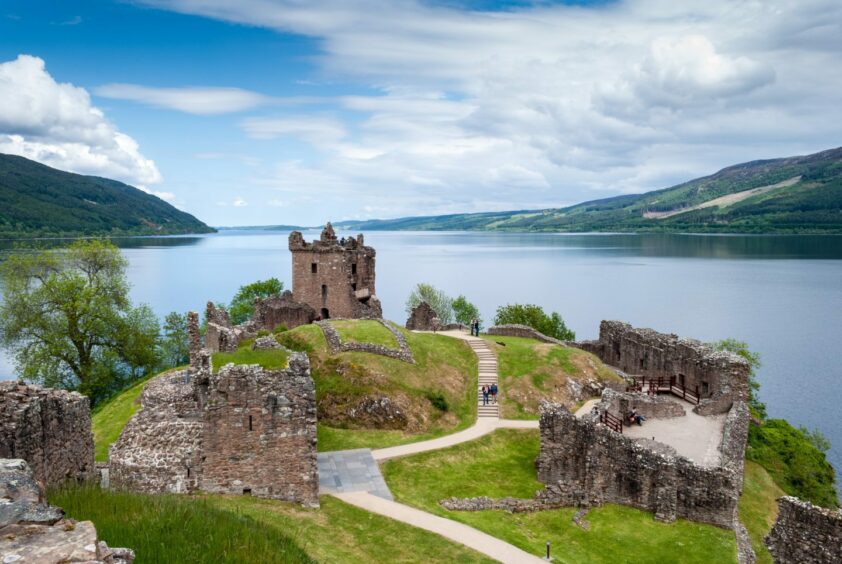
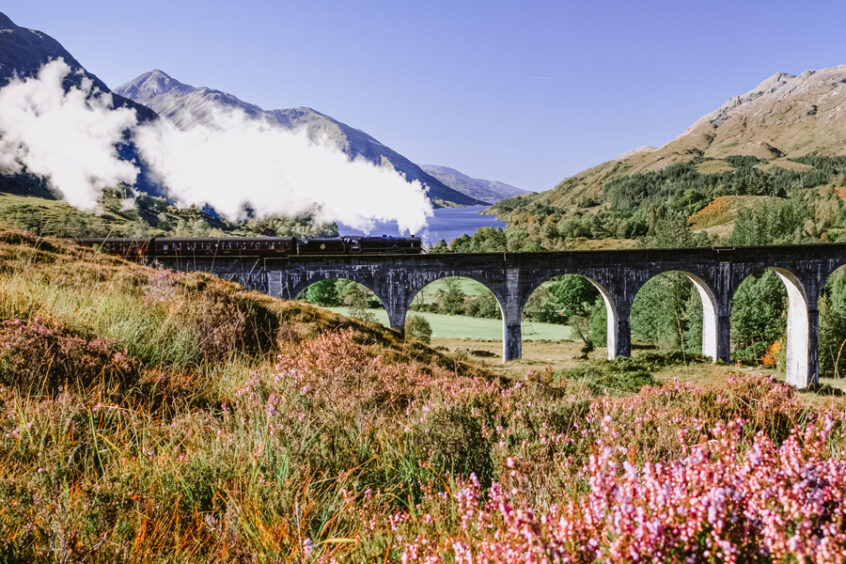
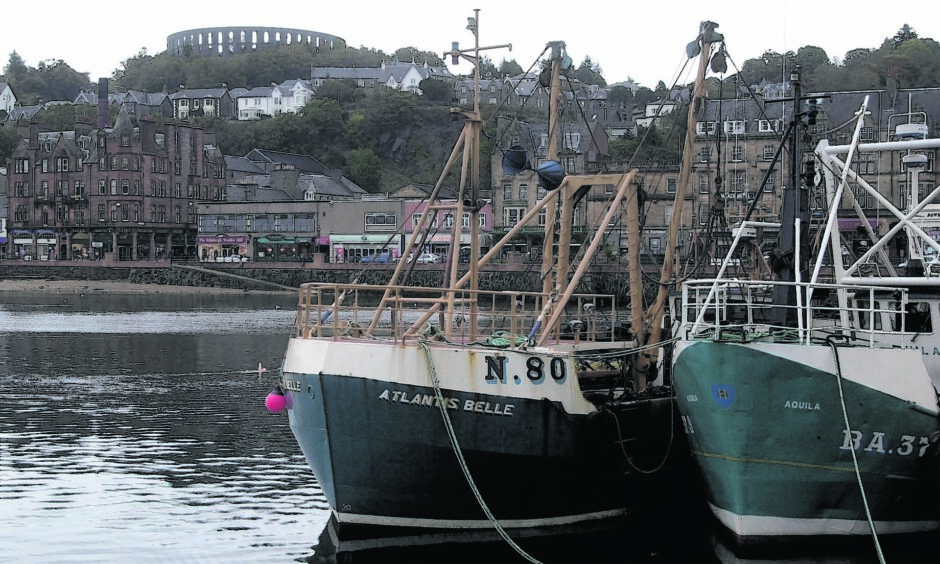
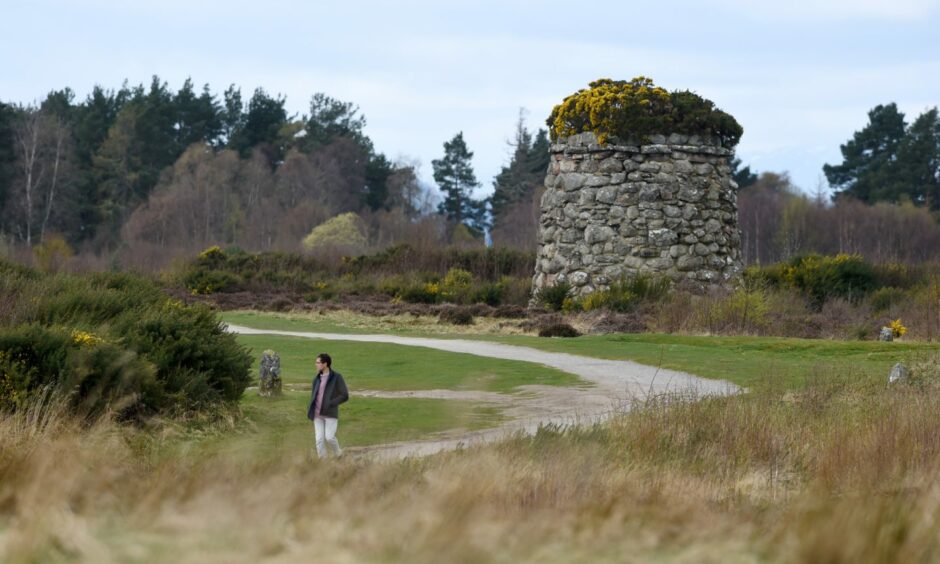
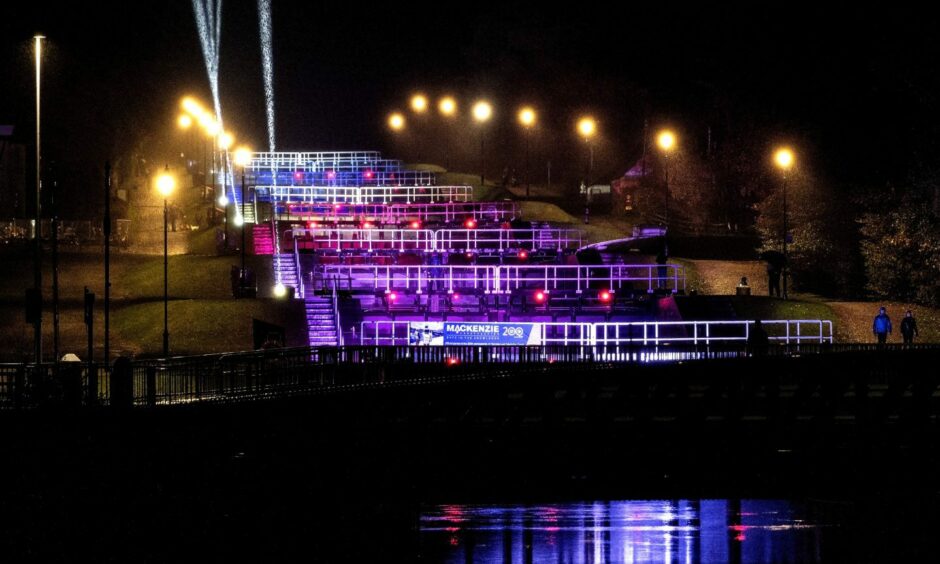
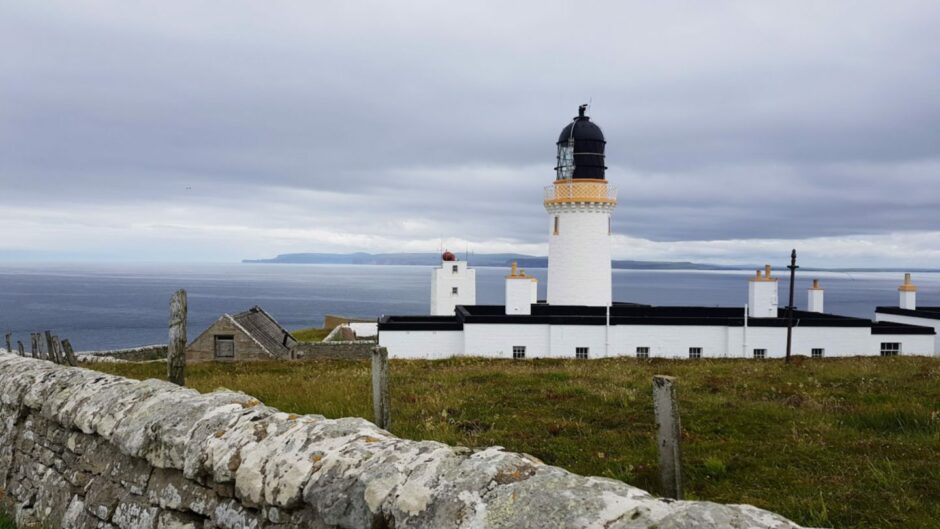
Conversation